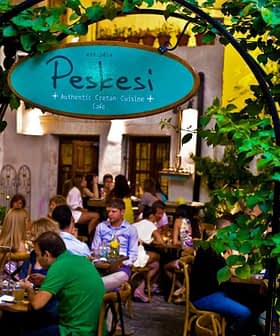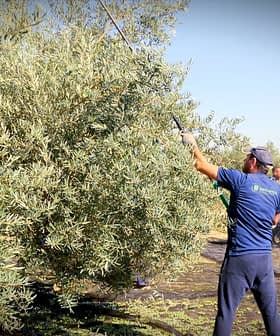
New studies performed in Jaén, Spain suggest extra virgin olive oil is not only healthier, but also tastier than other popular oils when frying food.
While extra virgin olive oil is widely regarded as one of the healthiest fat options, it is still often deemed unsuitable for frying, with many consumers preferring refined oils such as canola and sunflower for this purpose. The popular misconception that olive oil is not suited to high temperature cooking has however been widely disproved, and new research out of Spain provides further evidence that not only is olive oil suitable for frying, it also has a preferential flavor when compared with other oils.
Two studies were carried out in a joint effort by olive oil technology and research company Citoliva and olive oil producer Monva in Jaén, which analyzed the use of olive oil in comparison to high oleic sunflower oil when cooking two types of fried food. The first phase of the project involved precooked, frozen peeled potatoes and mini- croquettes fried in extra virgin olive oil and other popular frying oils, with tasters and technicians reporting the perceived differences in both taste and smell between the oils.
Tasters reported that the croquettes fried in olive oil “tasted better” and were “more crunchy.” It was also reported that there were unpleasant or stale smells during the first stages of cooking in sunflower oil, which could be attributed to rapid fatty acid degradation after the first heating, resulting in the generation of volatile, unpleasant odors.
The studies were carried out in parallel to an initiative originally devised by Monva known as “Plan Frituras,” which aimed to compare the economy and highlight health benefits of using olive oil in comparison to refined oils in hospitality and foodservice. Establishments throughout mainland Spain and the Balearic Islands have participated in the movement for more than one year and continue to use EVOO for frying, reporting an average savings of 25 percent per month on frying oil.
The project has the support of the Andalusian government, which has contributed funding of €11,700 ($15,618), or about a third of the project cost.








